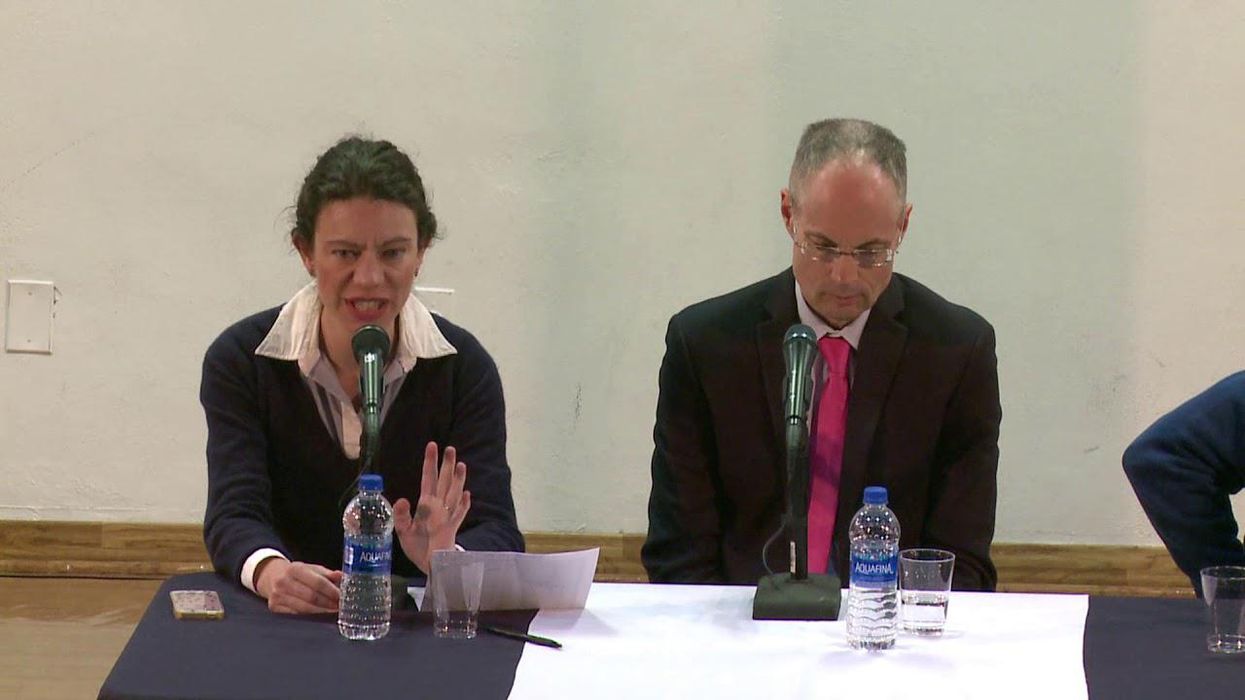Economic reports indicate an economy on the move, yet the middle class appears to be in trouble: stagnant wages and job promotion opportunities, high education costs, student debt, increased taxes, and a general sense of struggle and confusion. How have trade, tariff, and other policies contributed to the decline of the middle class? What went wrong? What are the solutions? The Network for Responsible Public Policy shares this panel discussion.
Video: What's happening to the middle class?
October 18, 2018: What’s Happening to the Middle Class?




















